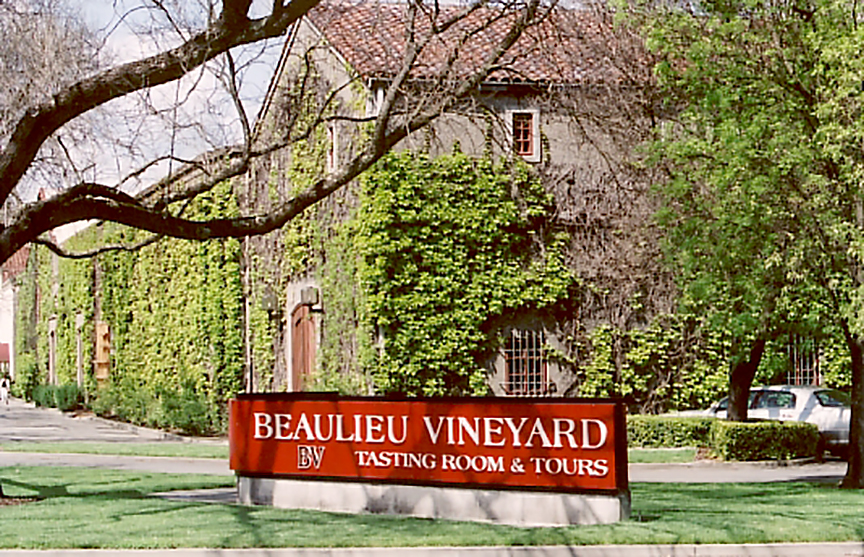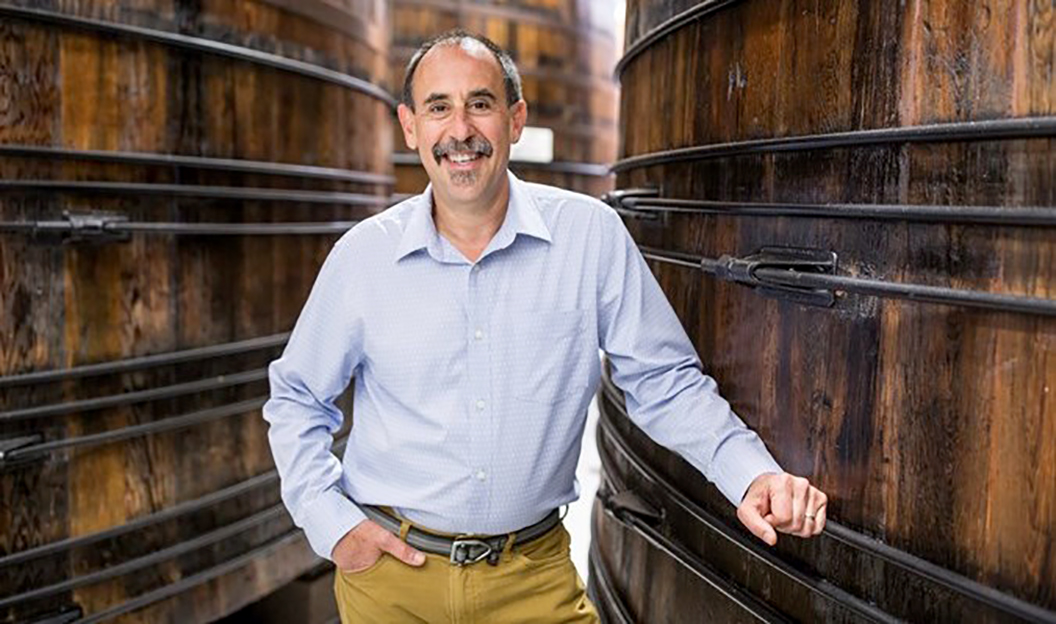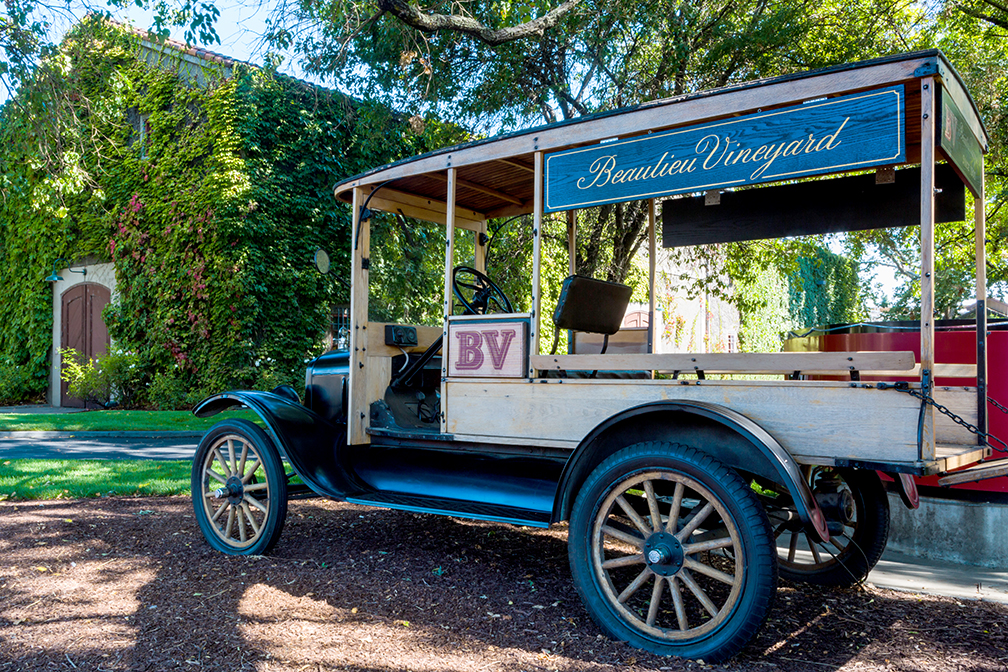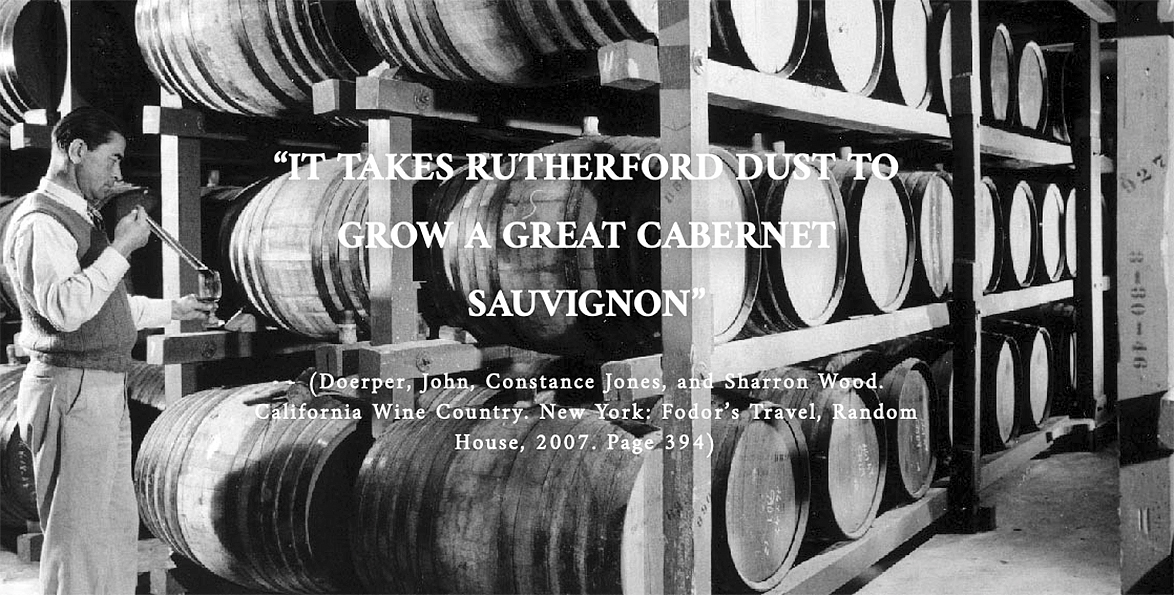Deep ruby color; blackberry, raspberry, black cherry, plum on the nose; black cherry, blackberry, plum, vanilla, oak spice, vanilla, mocha on the palate.
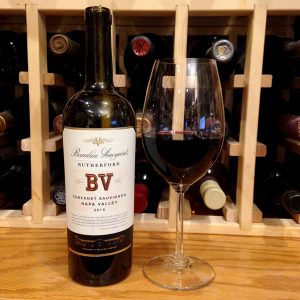
Dry; significant, grippy tannins, but decanting nicely tames them. Oak backbone that, like the tannin, smooths out and integrates with decanting. This is a big, rich, ripe Rutherford Napa Valley cab that needs a little time and patience to become more civilized. Blend of 94% cabernet sauvignon, 2% petit verdot, 2% petit sirah, 2% merlot.
This fermented eight-to-twelve days with pumping over the cap to instill more flavor-rich skins into the mix. Barrel aging followed in more than 50% new oak, plus blending in the six percent of non-cab juice to achieve more complexity. The initial attack is Rutherford cab, but finish delivers oak vanilla and—especially—mocha on the finish.
The Beaulieu (beau lieu—“beautiful place”) Vineyard traces roots back more than a century when, in 1900, Georges de Latour’s wife Fernande first looked upon their original Rutherford vineyard. De Latour imported phylloxera-resistant rootstock from Europe to the recently-ravaged fledgling California wine industry. When prohibition shut down many wineries, Beaulieu Vineyard increased its business by selling sacramental wine to the Catholic Church.
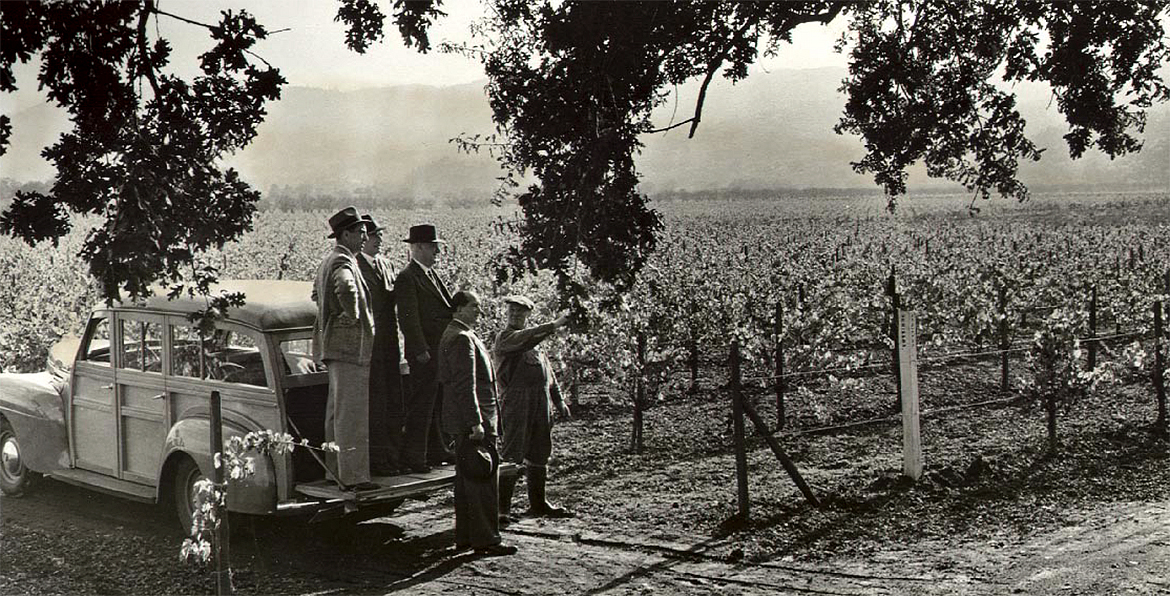
After Prohibition repeal in 1933, Georges de Latour began research and innovation that would produce his Rutherford Estate’s finest expression. In 1938, he traveled to France and met André Tchelistcheff, famed viticulturist and enologist who instituted the philosophy of continuous innovation in vineyard and winery. When Tchelistcheff joined Beaulieu and tasted the de Latour family’s private wine—what they called “Private Reserve”—from the 1936 vintage—he insisted it be bottled and sold as the winery’s flagship offering.
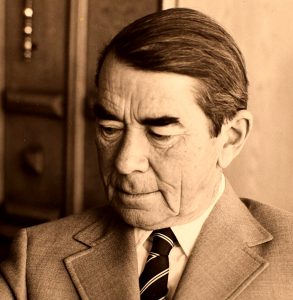
In 1940, Beaulieu Vineyard—identified as “BV” on the label, in addition to the full name—released the first vintage of Private Reserve and named it for the founder. Georges de Latour Private Reserve Cabernet Sauvignon became Napa Valley’s first cult cabernet. Tchelistcheff became the region’s first superstar winemaker, too.
The international conglomerate Heublein Inc. purchased BV in 1969. RJR Nabisco acquired Heublein, then sold to Grand Metropolitan in 1987. Grand Metropolitan became Diageo in 1997 through a merger with Guiness. In 2016—one year after this vintage—Diageo sold Beaulieu Vineyard to Australian wine giant Treasury Wine Estates. The parade of owners has put strains on the winery’s vision and values, but the original Rutherford-Napa vineyards continue to deliver exceptional fruit that reflect in this bottle.
Amid the ownership turbulence, winemaker Jeffrey Stambor ably carried on the Georges de Latour and Tchelistcheff legacy, also working with “flying winemaker” Michel Rolland. In July 2017, Stambor announced he was leaving BV after almost three decades to form Jeffrey Stambor Wine Consulting. We shall see what lies in Beaulieu’s future with new winemaker Trevor Durling, but for now enjoy this Stambor effort.
Beaulieu Vineyard BV Napa Valley Cabernet Sauvignon 2015 is serious and impressive cab. Tamed tannins present after decanting. Vivid, powerful, assertive Rutherford-Napa fruit. Another overall winner for the price from an historic winery, even if it has a recently choppy history. Pair with grilled beef; ribs; lamb; pork, including sausage; roast and barbecue chicken; hamburgers and sliders; pasta with tomato sauces; flavored cheese. $25-26
